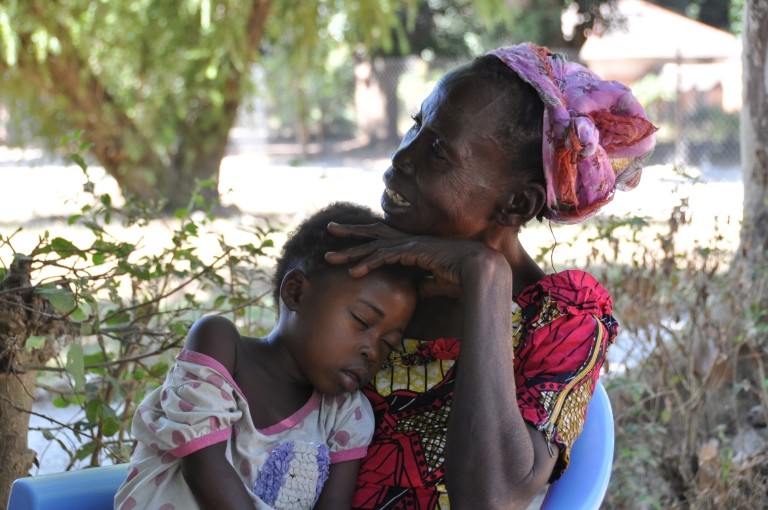Blog
Addressing child labor demands an integrated approach

This post orginally appears on the Crowd360 website and is cross-posted with permission.
In factories, fields, and mines around the world, 85 million children toil in hazardous conditions that directly jeopardize their health and safety. By its nature, this type of work puts their physical and mental development at risk on a daily basis. It deprives them of the childhoods, their potential, and their dignity.
In the mining sector, small-scale artisanal mining is an inherently dangerous profession for the men and women who choose to take up a pick and dig for minerals to make a living. But, for children the risks are even greater, including increased vulnerability to serious injury, death, early drug use, and sexual exploitation.
One of the greatest challenges to addressing child labor in mining is the complex web of reasons why children mine and the inextricable link to poverty. Causes vary by community, and even by family, and are often not due to one specific factor.
This complexity necessitates an integrated approach in order to make sustainable, lasting gains for children and communities that grow up around the mines.
Pact has been working with governments, local partners, and the private sector to address child labor in mining for more than 10 years, studying the issues that contribute to child mining and designing and delivering integrated programs that address the multiple, interwoven factors.
Unregulated mines can be magnets for child labor if nothing is done. A lack of local educational opportunities, weak child protection policies or insufficient enforcement, insufficient or a lack of social protection programs, absence of economic diversity, traders’ ignorance and willingness to buy from children, and historic cultural perspectives are all factors that contribute to child labor, among others.
In the Democratic Republic of Congo’s Katanga tin mines, Madagascar’s stone quarries and gold mines, and the coal and gold mines of Boyacá and Antioquia in Colombia, our efforts intentionally span the education, governance, livelihoods, health, and natural resource sectors to create a mosaic of activities designed to increase the impact and sustainability of the programs through push and pull methods.
We’ve seen progress in Congo, Colombia, and Madagascar, providing support for our strategy of well integrated interventions.
In May, Pact released a report, Children Out of Mining, that details the progress and remaining challenges from a two-year multifaceted project that aimed to address the various economic and socio-cultural issues that lead to child labor in mining in Katanga. After two years, we saw an 89 percent reduction in child labor at project mine sites – from 1,051 kids at baseline to 115 kids at endline – with 23 sites strictly enforcing bans on child labor.
Since starting in Colombia, our Somos Tesoro program—We are Treasure, in Spanish—has provided education or vocational services for 2,103 children engaged in or at high risk of entering child labor and livelihoods support for 2,049 households through employment and economic strengthening services. We also support 82 mining units in formalization, health and safety, and child protection efforts.
While these gains are important to acknowledge and celebrate, we know there is still a lot of work to be done. Deep-rooted economic realities and socio-cultural issues cannot be overcome in a short period of time. They take sustained efforts and cooperation and partnerships among actors from across development – from local government and civil society to multinational bodies like the United Nations, World Bank, Organization for Economic Cooperation and Development, and the World Economic Forum, among others. Improving educational opportunities, social protection systems and policies, and knowledge of the dangers of child labor to children and communities will not prevail without addressing local economic diversification in mining-predominant areas.
We know what works. It is scalable and replicable across different types of mines – tin, tantalum, cobalt, cooper, gold, and more – and geographies. Combating child labor in mining demands an integrated approach to ensure the millions of kids as young as five are able to take back their childhood and look toward a brighter future.